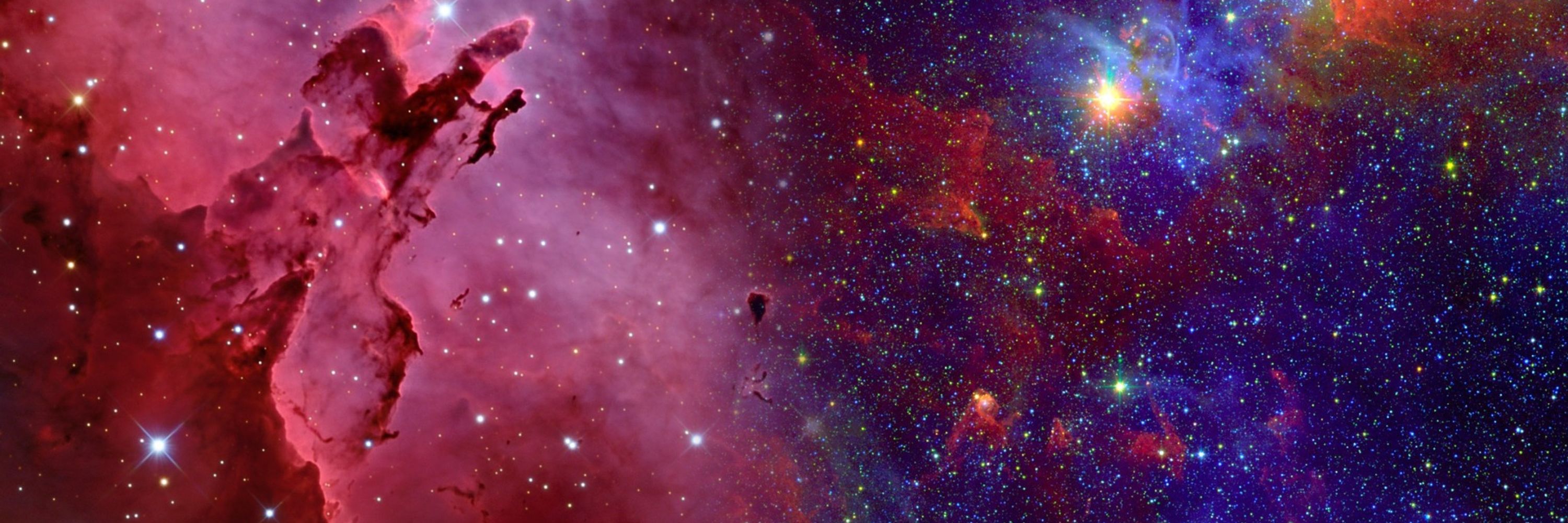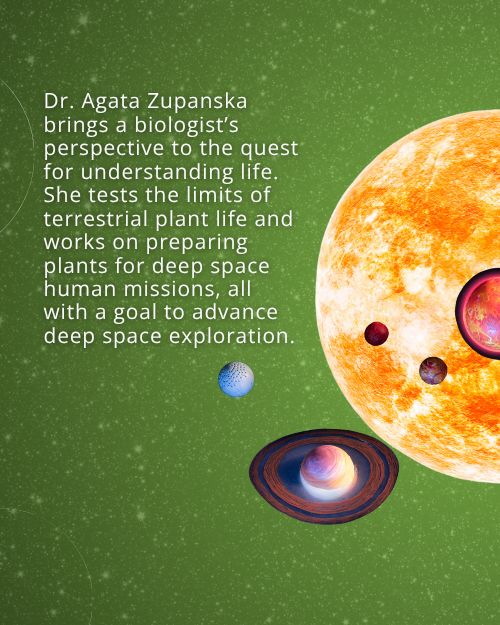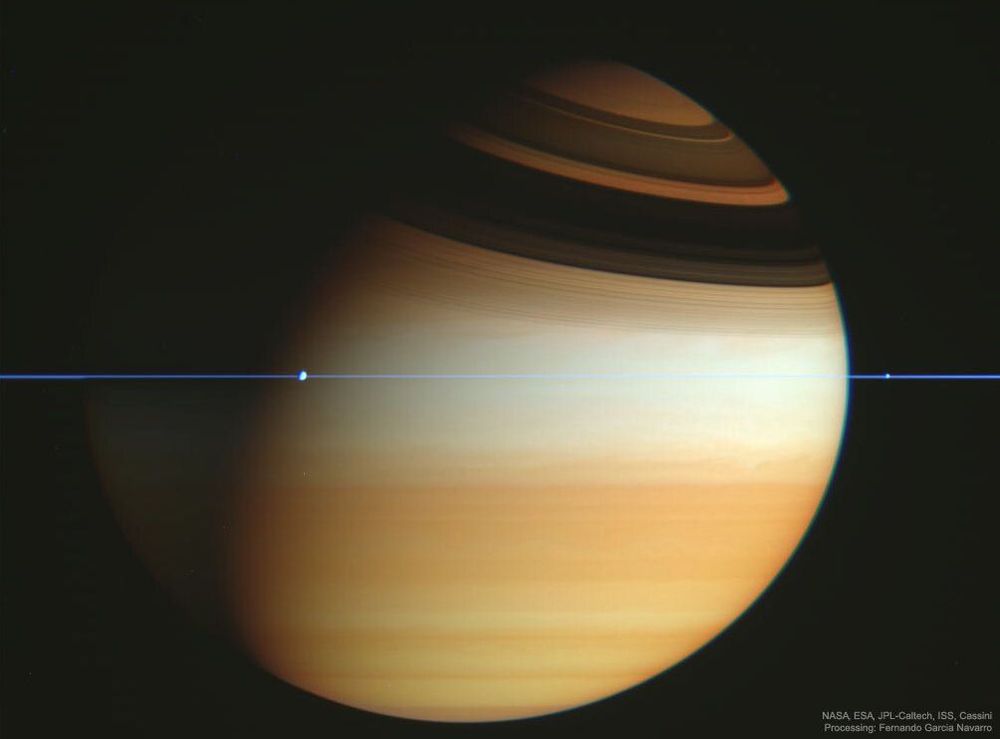

The SETI Institute is pleased to open the call for applications for the 2026 Mino Postdoctoral Fellowship. This research program offers an exceptional opportunity for talented early-career scientists worldwide to contribute significant advances in several fields. 🧪 🔭 👩🔬


Huge thanks to the @setiinstitute.bsky.social team for hosting us and giving us space to share the future of sky observation. 🌌




Huge thanks to the @setiinstitute.bsky.social team for hosting us and giving us space to share the future of sky observation. 🌌
Meet Dorka Keehn, who has been part of the AIR program’s DNA for many years. Dorka is an accomplished artist and culture powerhouse who is responsible for bringing major public art projects... 🧪 🐡

Meet Dorka Keehn, who has been part of the AIR program’s DNA for many years. Dorka is an accomplished artist and culture powerhouse who is responsible for bringing major public art projects... 🧪 🐡
Listen here: bigpicturescience.org/episodes/flu...

Listen here: bigpicturescience.org/episodes/flu...
Credit: ESO

Credit: ESO
#NotJustAliens




#NotJustAliens
Listen here: buff.ly/SOmv0qH
#podcast

Listen here: buff.ly/SOmv0qH
#podcast
Learn more:

Learn more:





The SETI Institute is pleased to open the call for applications for the 2026 Mino Postdoctoral Fellowship. This research program offers an exceptional opportunity for talented early-career scientists worldwide to contribute significant advances in several fields. 🧪 🔭 👩🔬

The SETI Institute is pleased to open the call for applications for the 2026 Mino Postdoctoral Fellowship. This research program offers an exceptional opportunity for talented early-career scientists worldwide to contribute significant advances in several fields. 🧪 🔭 👩🔬
TODAY, 20 November, 11 am PST
Join @planetarypan.bsky.social and planetary scientists Dr Georgina Miles and Dr Carly Howett (University of Oxford) to discuss their latest study, which shows that Enceladus may harbor a stable subsurface ocean. 🧪 🔭 👩🔬

TODAY, 20 November, 11 am PST
Join @planetarypan.bsky.social and planetary scientists Dr Georgina Miles and Dr Carly Howett (University of Oxford) to discuss their latest study, which shows that Enceladus may harbor a stable subsurface ocean. 🧪 🔭 👩🔬



Learn more: www.seti.org/news/citizen...

Learn more: www.seti.org/news/citizen...
NASA will host a live event at 3 p.m. EST, Wednesday, Nov. 19, to share imagery of the interstellar comet 3I/ATLAS collected by a number of the agency’s missions.
The event will air on NASA+, the NASA app, the agency’s website and YouTube channel, and Amazon Prime.
NASA will host a live event at 3 p.m. EST, Wednesday, Nov. 19, to share imagery of the interstellar comet 3I/ATLAS collected by a number of the agency’s missions.
The event will air on NASA+, the NASA app, the agency’s website and YouTube channel, and Amazon Prime.
Listen here: bigpicturescience.org/episodes/ske...

Listen here: bigpicturescience.org/episodes/ske...






